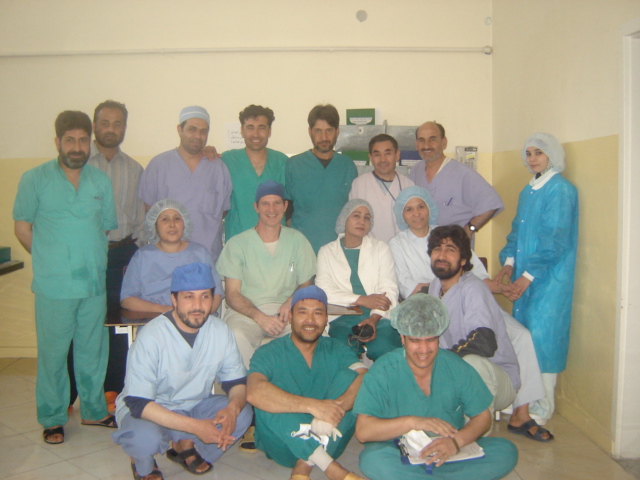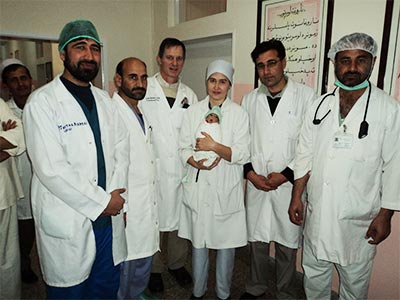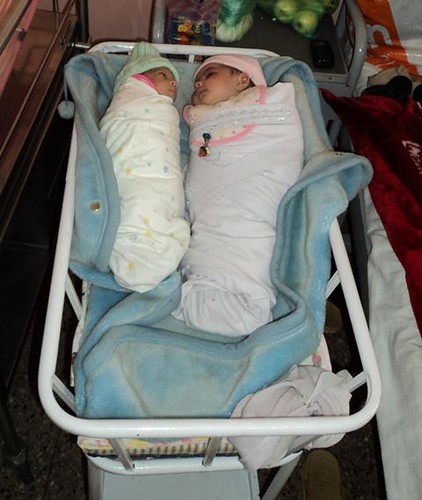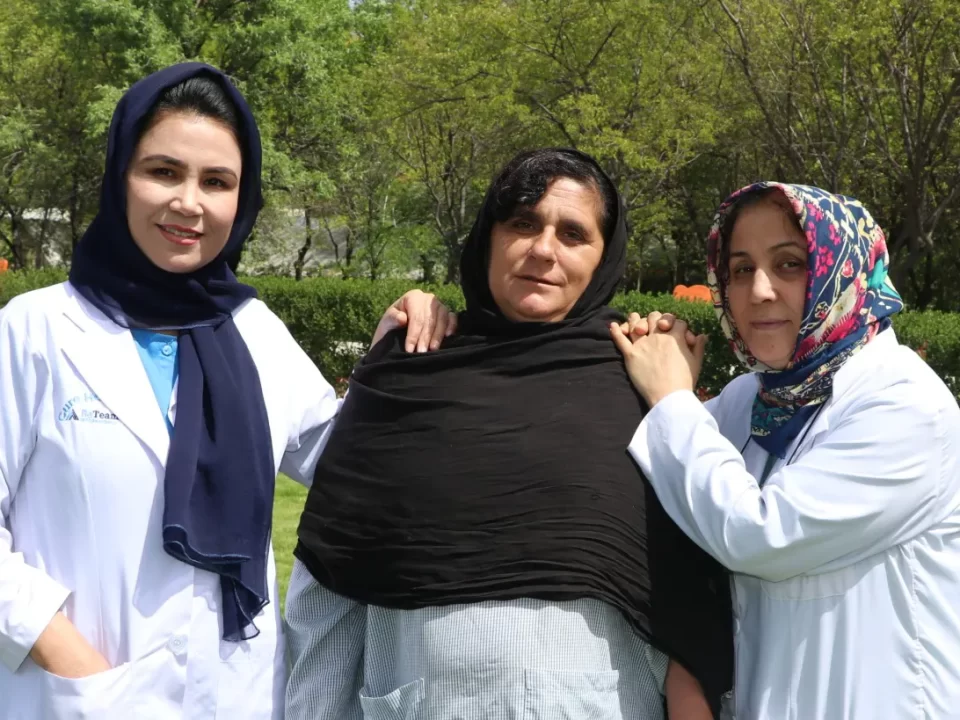
Success in Afghanistan
November 25, 2019
The Ability to find Joy in the Midst of Tragedy, An Afghan Surgeon’s Perspective
November 27, 2019‘A Miracle in Afghanistan’ is a story that was originally posted on CURE International’s website. We want to retell this story because it captures the essence of our seventh value, that of cooperation demonstrated by empowering others.
The smaller of the twin babies seen in the bassinet, Zakra Hanifa had been born at our hospital with a congenital blockage of her stomach. Thus, while her sister was at home nursing from her mother, Zakra remained in our neonatal intensive care unit (NICU) fighting for her life. Having diagnosed her anatomic problem, a team of Afghan and foreign professionals came together to successfully correct the blocked stomach. However, it soon became apparent that Zakra needed much more than surgery, because she continued to vomit everything fed to her. She needed what her sister was getting at home, breast milk and warm human touch. The team knew this because we had been practicing ‘kangaroo care’ in our NICU for several years. Kangaroo care involves skin to skin contact between mother and baby and was first introduced in the late 1970s by a team of neonatologists in Bogota, Columbia. It had been shown in multiple medical studies that neonates treated in this way do much better than those simply left in isolettes.
As we contemplated her situation, we eventually came up with a plan to offer Zakra kangaroo care in the absence of her mother. Instead of continuing to give her infant formula, we obtained fresh breast milk from seven gracious Afghan mothers who had recently delivered babies at our hospital. To allow Zakra to experience the warmth and closeness that only another human being can provide, we put out a call to the community of foreign aid workers in Kabul asking for volunteers to hold Zakra. Over eighteen different foreigners lined up to hold her. Within a few weeks of implementing this program, she started to gain weight and shortly thereafter was able to be reunited with her sister and family at home.

We have added a second picture to the story, because it highlights further the extent of cooperation involved in saving Zakra's life. There is the neonatologist holding the baby. From Kazakhstan, she had been trained/indoctrinated in the 1990s by her Soviet mentors that American doctors were bad doctors. She no longer believed that propaganda, nor did we doubt the quality of training she had received under the Soviet medical system. There are Afghan and US surgeons in the picture as well.
‘While this second picture helps, it still fails to capture the full extent of the multi-national effort involved in this child's care. Not shown is the hospital’s Director of Nursing. From Finland, she and her husband had served in Afghanistan for nearly forty years. In addition, surgeons from Canada, Korea, Kenya, Zambia and other nations as well as nurses, pediatricians, volunteers and coworkers from the United Kingdom, Italy, Sweden, Brazil, Denmark, and Australia are not shown. In all, professionals from over 15 different nations had contributed in some way towards building the capacity of a hospital which was ultimately able to save Zakra’s life.
As the original story concluded, Zakra’s healing is a modern-day miracle. We agree. It is also a story of hope, because it reminds us that we do our best work when we allow our diversity to lead to inter-dependence. It demonstrates how much we can accomplish when we cooperate and empower others. We think this is good news.




